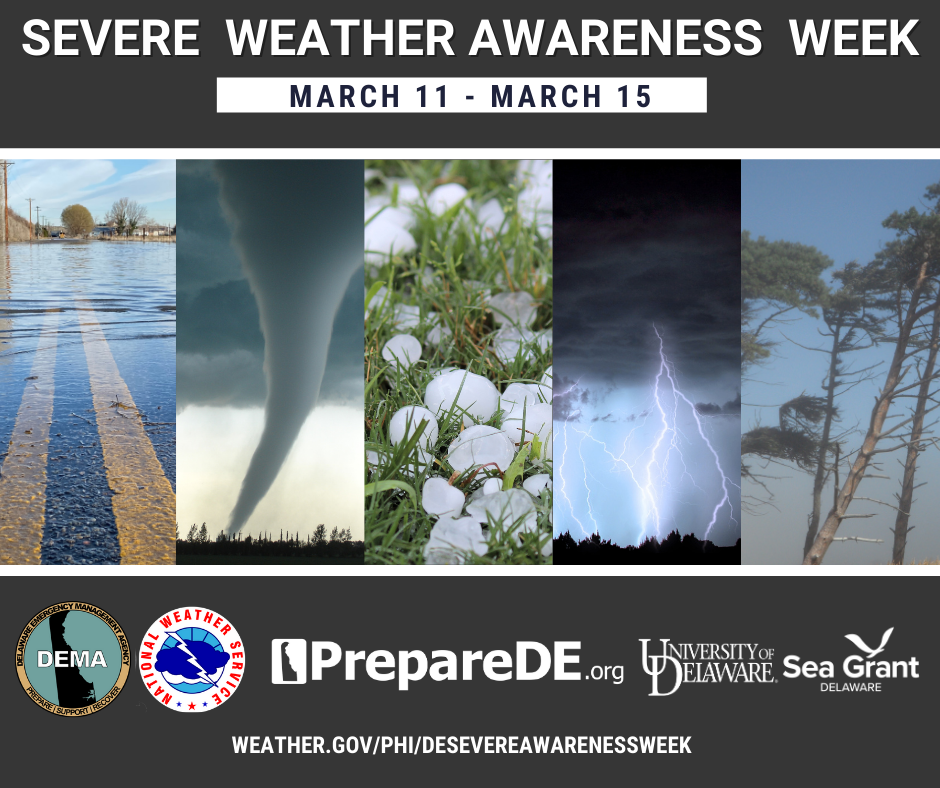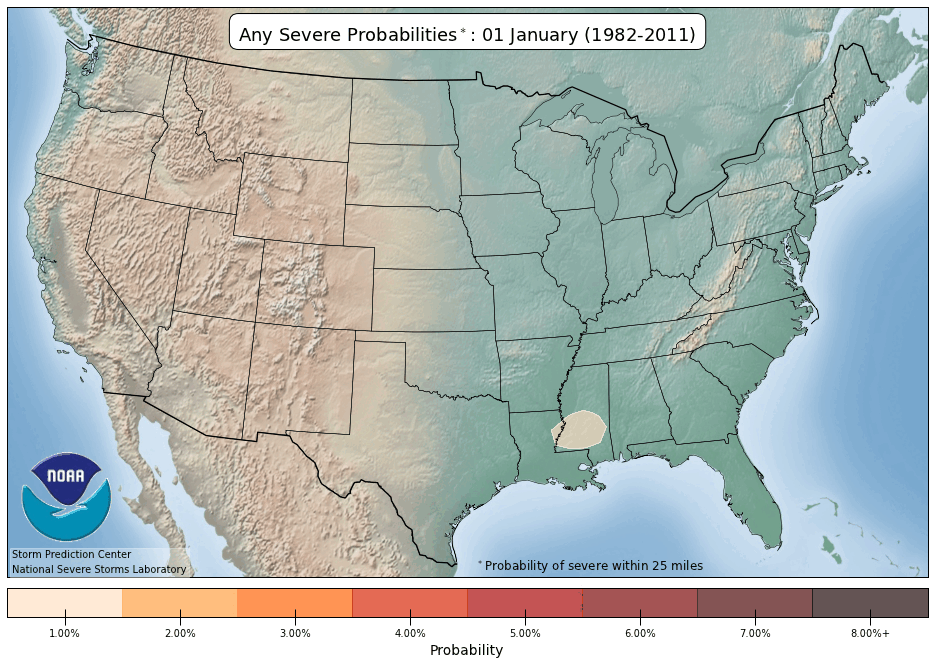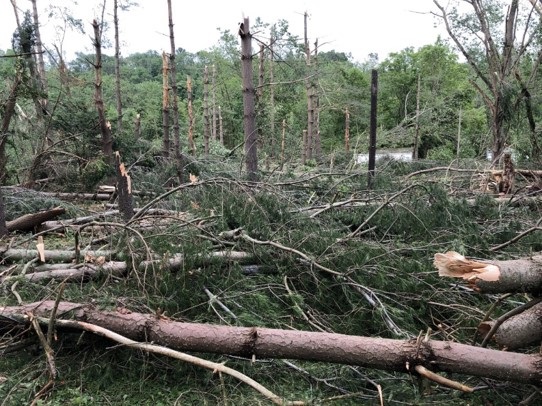
A computer system upgrade will cause limited impacts to services between May 13, 2025 and May 15, 2025 Read More >

A proud partnership between the Delaware Emergency Management Agency (DEMA), Center for Environmental Monitoring and Analysis (a part of The University of Delaware), Sea Grant Delaware, Delaware Department of Transportation, and the National Weather Service are sponsoring the Delaware Severe Weather Awareness Week March 10 - 14, 2025. As recent years have shown, severe thunderstorm hazards can and do occur in Delaware.
Severe Weather Awareness Week is a time to plan for
thunderstorms (including strong winds and hail), tornadoes, lightning, and flash flooding.
Each day during this week will emphasize a different weather hazard and provide you with associated safety tips:
On Monday, the topic will be flooding
On Tuesday, the topic will be tornadoes and tornado safety
On Wednesday, the topic will be severe thunderstorms and hail
On Thursday, the topic will be lightning safety
On Friday, the topic will be preparing for severe weather
For more information on all preparedness topics for Delaware, visit PrepareDE.org
Flooding is the most common weather disaster in Delaware and the county. On average, there are more fatalities due to flooding than almost all other weather related hazards. Over a 30 year average, only excessive heat is responsible for more weather-related fatalities.
Flood Watch versus Warning
A flood watch is issued when flooding is possible. If a flood watch is issued for your location, stay informed on the latest conditions by tuning in to trusted information, and be ready to move to higher ground, especially if you are in a flood prone area.
A flood warning is issued when flooding is occurring or is about to happen. If a flood warning has been issued for your location, move to higher ground, and avoid flood waters.
Flood Safety when driving
Most flood fatalities occur in vehicles, and it only takes 12 inches of water to sweep a car away. If you come across a flooded roadway, turn around and find another route to reach your destination!
Additional flood safety resources
PrepareDE.org information on natural hazards
A tornado is a violently rotating column of air extending from the base of a thunderstorm down to the ground. Tornadoes are capable of causing significant damage even to structures. For Delaware, tornadoes occur most often in the Spring and Summer. However, since tornado record keeping began in 1950, tornadoes have occurred in almost every month.
It is important to take shelter immediately if your area receives a tornado warning. Take time well before the storm to figure out the best places to shelter at home work and school.
Additional information on Tornado safety can be found at:
Delaware is no stranger to severe thunderstorms! In fact, 2019, 2020, 2021, and 2023 were some of the most busy severe thunderstorm years that Delaware has ever had. What makes a thunderstorm severe? To be defined as severe, it has to have one (or more!) of the following: hail of 1 inch in diameter or larger, winds of 58 mph or more, or a tornado. As you will see in the discussion below, severe thunderstorm warnings should be taken just as seriously as tornado warnings. If a severe thunderstorm warning is issued for your location, take shelter and stay away from windows.
When do severe thunderstorms most often occur?
In Delaware, severe thunderstorms are most common in the Spring and Summer, but can occur at any time of the year. Probabilities below are courtesy of the Storm Prediction Center. Additional severe weather climatology can be found at their website.

Straight line winds
Straight line winds are strong winds that are associated with showers or thunderstorms but not due to a tornado. Straight line winds can exceed 100 mph and do as much damage as tornadoes.

A downburst in southeastern Pennsylvania (Lower Frederick Township) on May 29, 2019 had estimated maximum wind speeds of 110 mph leading to the significant tree damage pictured above.
Large Hail
A storm is considered severe if it has hail of one inch or larger (that is about the size of a quarter or larger). Hail can seriously injure people and animals if caught outside and on average causes more than a billion dollars in damage to property and crops every year. One of the most common types of property damage with hail is broken windows. That is why it is so important to stay away from windows when sheltering from a severe thunderstorm.
For more information on severe thunderstorms, visit the severe thunderstorm safety page.
A thunderstorm doesn't have to be severe to be dangerous! By definition, all thunderstorms have lightning. In the United States, lightning kills an average of over 20 people each year, and injures dozens of others on average. Lightning can strike up to 10 miles away, so it can strike areas where it isn't even raining.
For more information on lightning safety, visit the lightning safety page here
The time to prepare for severe weather is before it even occurs! Take the opportunity during severe weather awareness week to make a plan or update your current plan for home, work or school and make sure your disaster supply kit is stocked and ready to go. Not sure where to start with creating a plan or building a kit? PrepareDE.org has lots of resources available! Visit PrepareDE.org
Additional resources are available at ready.gov